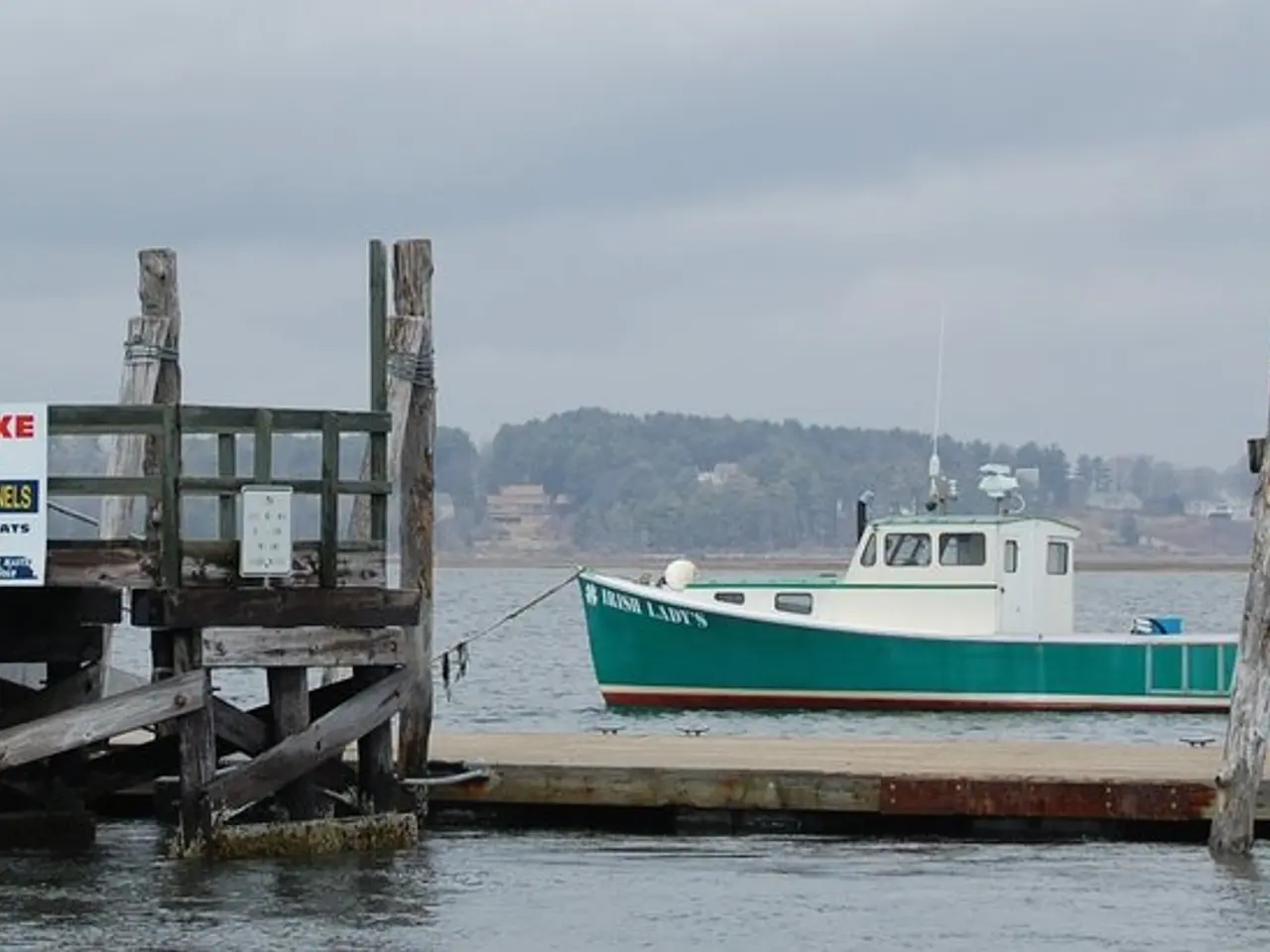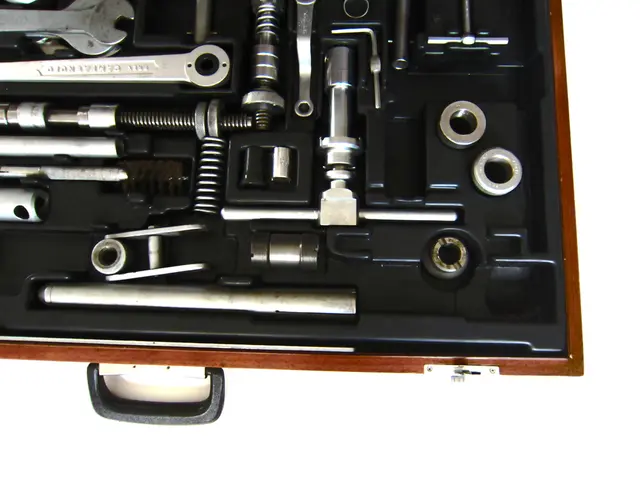Instructions for Installing Docker Engine and Docker Compose Version 2 on Alma Linux 9
In a world where containerisation is becoming increasingly popular for scalable, secure, and enterprise-aligned solutions, we delve into setting up Docker and Docker Compose on AlmaLinux 9, a RHEL-based system known for its reliability and governance. This guide, coupled with Shape.Host Cloud VPS, offers unmatched speed, flexibility, and reliability for hosting production containers.
To begin, create a virtual private server (VPS) on Shape.Host. Log in to
Once your VPS is ready, access it via SSH on Linux/macOS or Windows (using PuTTY). Now, let's get started with the installation process.
## Step 1: Update System Packages
Ensure your AlmaLinux system is up-to-date by running the following commands:
```bash sudo dnf update -y sudo dnf install -y dnf-utils ```
## Step 2: Install Required Tools and Docker Repository
Install prerequisite tools like `dnf-config-manager` and `yum-utils` for managing packages and repositories. Then, configure your system to use Docker's official repository:
```bash sudo dnf config-manager --add-repo https://download.docker.com/linux/fedora/docker-ce.repo ```
## Step 3: Install Docker Engine
Install the Docker Engine package from the newly added repository:
```bash sudo dnf install docker-ce docker-ce-cli containerd.io docker-compose-plugin ```
## Step 4: Start Docker Service
Start the Docker service and enable it to start automatically upon system boot:
```bash sudo systemctl start docker sudo systemctl enable docker ```
## Step 5: Install Docker Compose v2 (Docker Compose Plugin)
The Docker Compose plugin is included in the Docker installation. However, if you need to manually install or update it, you can do so using the following command:
```bash docker compose --version # If not installed, you can try installing it using the plugin command docker plugin install docker/compose-plugin:latest --grant-all-permissions ```
However, for AlmaLinux, the `docker-compose-plugin` installation is generally covered in the Docker Engine installation step.
## Step 6: Test Docker Installation
Verify that Docker is working correctly by running a test container:
```bash sudo docker run hello-world ```
## Step 7: Test Docker Compose
Create a simple Docker Compose file (`docker-compose.yml`) to test if Docker Compose is working:
```yaml version: "3.9" services: web: image: nginx:latest ports: - "5000:80" ```
Then run the following command to start the service:
```bash docker compose up -d ```
Visit `http://localhost:5000` in your web browser to see if the Nginx web server is running.
By following these steps, you should be able to successfully set up Docker Engine and Docker Compose v2 on AlmaLinux 9, both locally and on a Shape.Host server. Enjoy the benefits of a scalable, secure, and enterprise-aligned container management solution!
Data-and-cloud-computing technology allows us to leverage the power of Docker and Docker Compose on our VPS. In this setup, we can use the scripted installation process to set up Docker and Docker Compose on AlmaLinux 9, ensuring the optimal performance and reliability for hosting production containers.
With Docker Engine installed, we can now begin creating, deploying, and managing various container applications, making data-and-cloud-computing more accessible and efficient.




